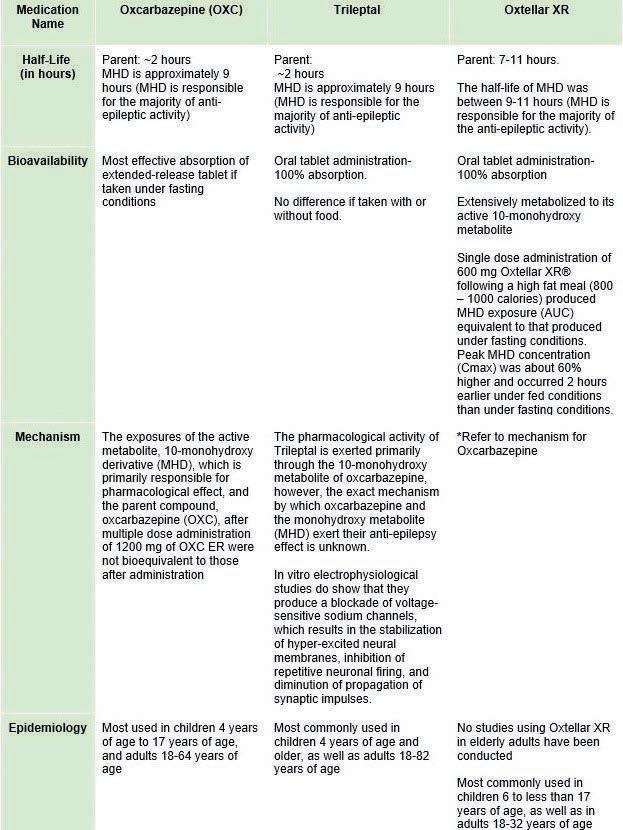Scholarly Research In Progress • Vol. 5, November 2021
A Novel Approach to Chest Wall Reconstruction Following Intrathoracic Scapular Dislocation Michael S. Pheasant1† and Shazad Shaikh1,2,3 ¹Geisinger Commonwealth School of Medicine, Scranton, PA 18509 ²Geisinger Community Medical Center, Scranton, PA 18510 ³Geisinger Orthopaedics and Sports Medicine, Scranton, PA 18510 † Doctor of Medicine Program Correspondence: mpheasant@som.geisinger.edu
Abstract Intrathoracic scapular dislocation is a rare complication of rib resection, with only five cases previously identified in the literature. We report here a case of a 47-year-old female who presented with recurrent intrathoracic scapular dislocation secondary to first, second, and third rib resection in the setting of lung cancer resection. A successful chest wall reconstruction was achieved through a novel approach utilizing an Achilles tendon allograft to close the posterolateral chest wall defect and support scapular motion. Postoperatively, the patient reported no pain or shoulder instability and demonstrated a significant restoration of shoulder function and range of motion.
Introduction Intrathoracic scapular dislocation is a rare complication of thoracic surgery involving rib resection (1-4). Subluxation of the inferior border of the scapula can occur following rib resection associated with cancer resection or lung transplant. To date there have been very few cases of intrathoracic scapular dislocations reported in the literature, and only five which have occurred following rib resection (1-4). Here we report a case of intrathoracic scapular dislocation which involved two intraoperative closed reductions followed by reconstruction using a novel method which utilized an Achilles tendon allograft to reconstruct the posterolateral chest wall.
Case Presentation The patient is a 47-year-old woman who had undergone right superior sulcus tumor resection. The procedure involved resection of the posterolateral aspects of the first, second, and third ribs and was performed without complication. Approximately 3 months postoperatively, the patient presented with severe right shoulder pain, which she reported noting after swinging a softball bat. Imaging and workup concluded that the inferior border of the right scapula was impinged in the thoracic cavity. Closed reduction was performed successfully. It was decided that chest wall reconstruction would be postponed due to her ongoing radiation therapy. Three months later, the patient again presented with dislocation, and chest wall reconstruction was planned. On the day of the operation the patient was febrile and feeling ill, so reconstruction was postponed, and a second closed reduction was performed. One week later, the patient reported a third dislocation, and chest wall reconstruction was subsequently rescheduled. In addition to attempting chest wall reconstruction, the patient was presented with the option of scapulothoracic fixation. The 246
patient declined fixation and opted for reconstruction due to her understanding of the permanent loss of scapular motion that scapulothoracic fixation would cause. The patient was placed in the right decubitus position with the right arm supported on a padded arm support. The inferior border of the right scapula was identified and was mobilized and removed from the internal surface of the fifth and sixth ribs. The teres major muscle was partially transected along the inferior medial margin of the scapula to allow the scapula to be retracted posteriorly. This freed the tissue underlying the scapula and allowed anchor points for the installation of dual mesh to be identified. The anchor points for the dual mesh were, the intercostal facia of the previously resected fourth rib, superiorly, the medial edge of the pectoralis facia, medially, the body of the fifth rib, inferiorly, and the facia of the erector spinae, posteriorly. 2-0 Ethibond sutures were placed along each anchor point with pledgets which anchored a 6 x 15 patch of dual surface Gore-Tex mesh. Once the mesh was secured, a cadaveric Achilles allograft was placed along the superior border of the remaining rib and laid flat with the Achilles tendon fanned out over the lateral aspect coursing medially. The allograft was sutured to the pleural fascia and the periosteum from the rib superiorly, inferiorly, medially and laterally (Figure 1). The farthest lateral aspect of the graft and the most inferior portion were secured using a fiber tape suture in a locking Krackow fashion. The most superior aspect of the graft was secured to the pleural fascia with a running #2 FiberWire suture. The previously placed anchor point sutures were then passed through the Achilles allograft which was spanned across the defect. A mesh graft was then placed over the allograft and sewn into position. The remaining distal end of the Achilles allograft was then folded back over the mesh graft and sutured into position with FiberWire suture (Figure 2). Prior to closure the scapula was noted to glide over the allograft surface without dislocation. The procedure was completed without complication. Fourteen months postoperatively, the patient reported no pain and demonstrated significant range of motion, including forward flexion: 125 degrees; external rotation: 75 degrees; abduction: 105 degrees.
Discussion In this case, we describe a patient who presented with recurrent intrathoracic scapular dislocation following lung cancer resection. Previously there have been only five cases of intrathoracic scapular dislocation reported following an operation which involved rib resection. Of the five cases, one involved a patient who was able to reduce the dislocated scapula himself, and two required scapulothoracic fusion (1, 2). Another case utilized Marlex mesh to close the chest wall












































